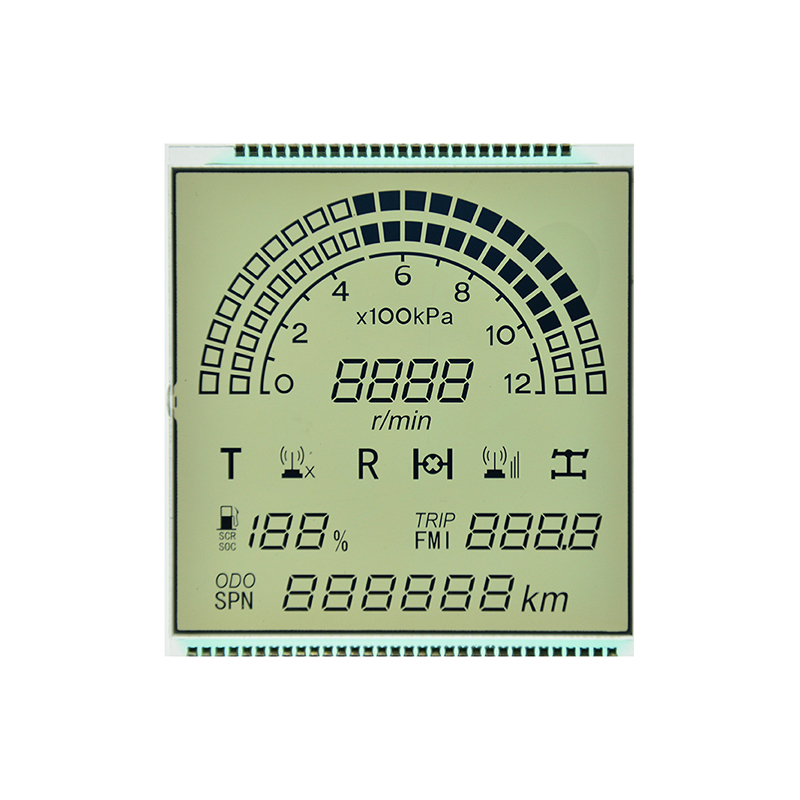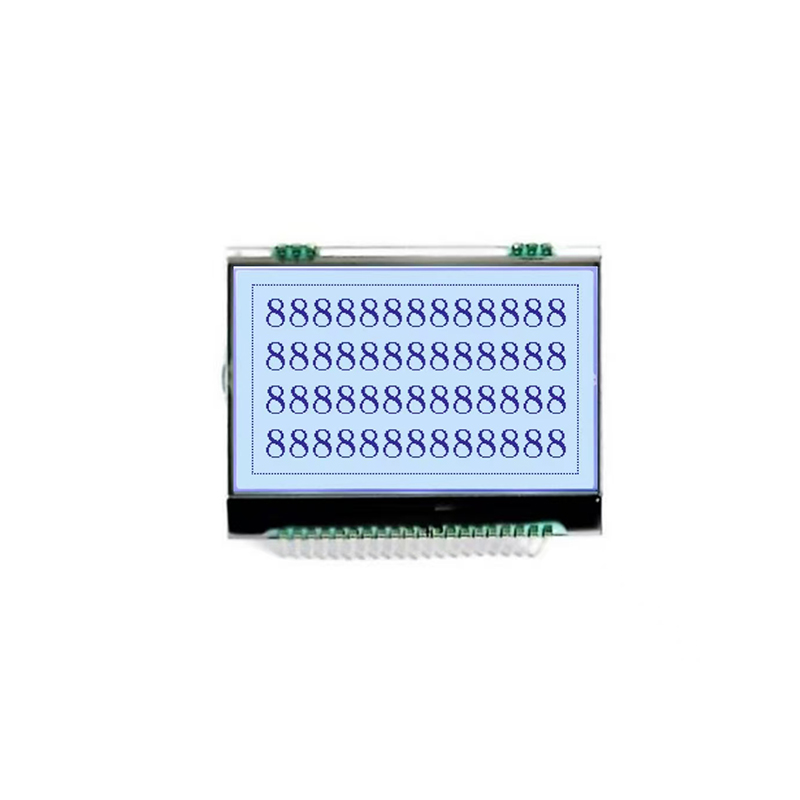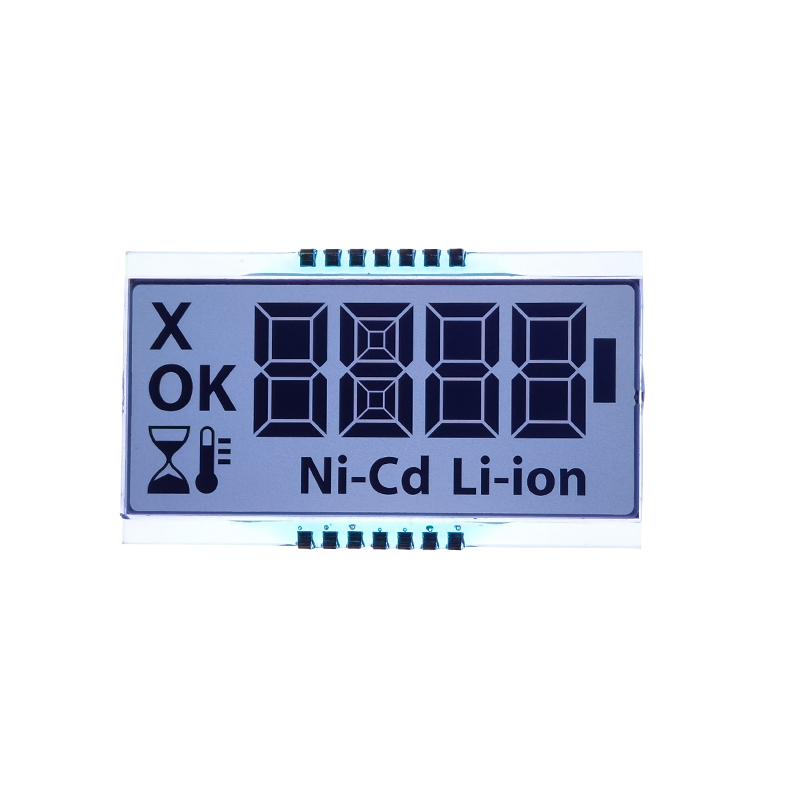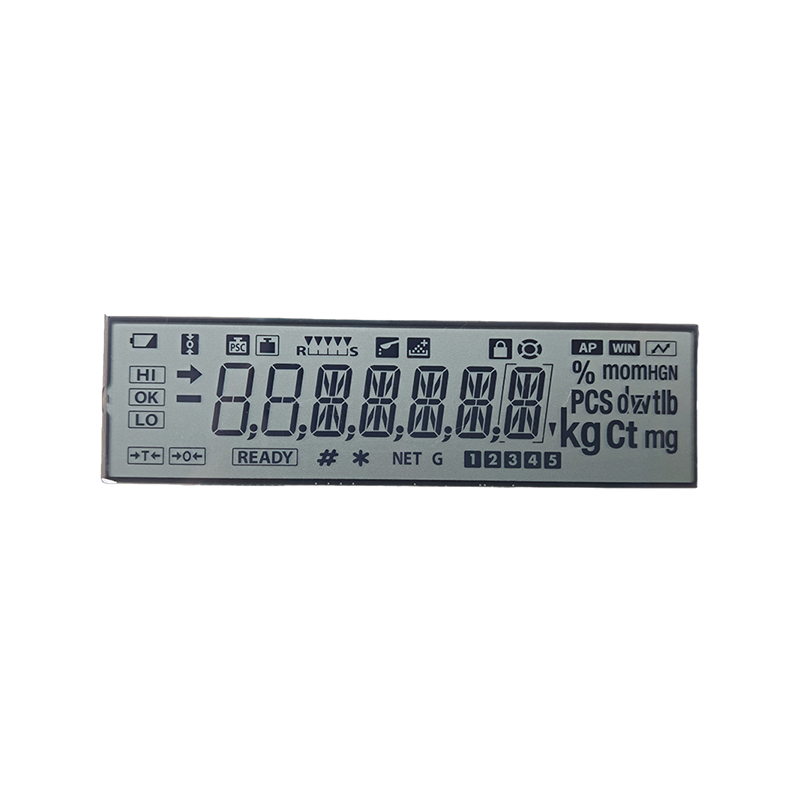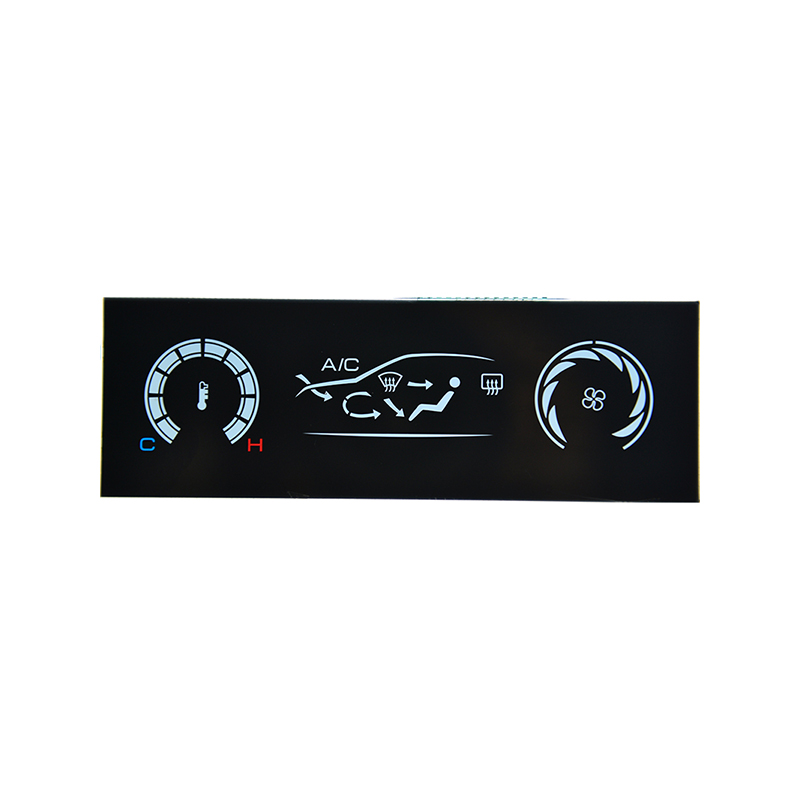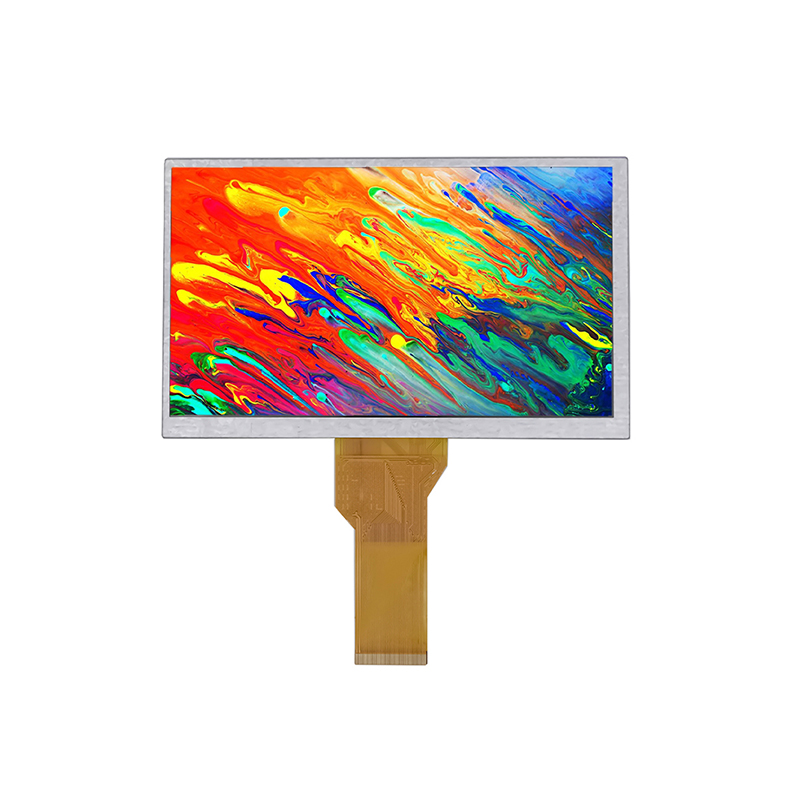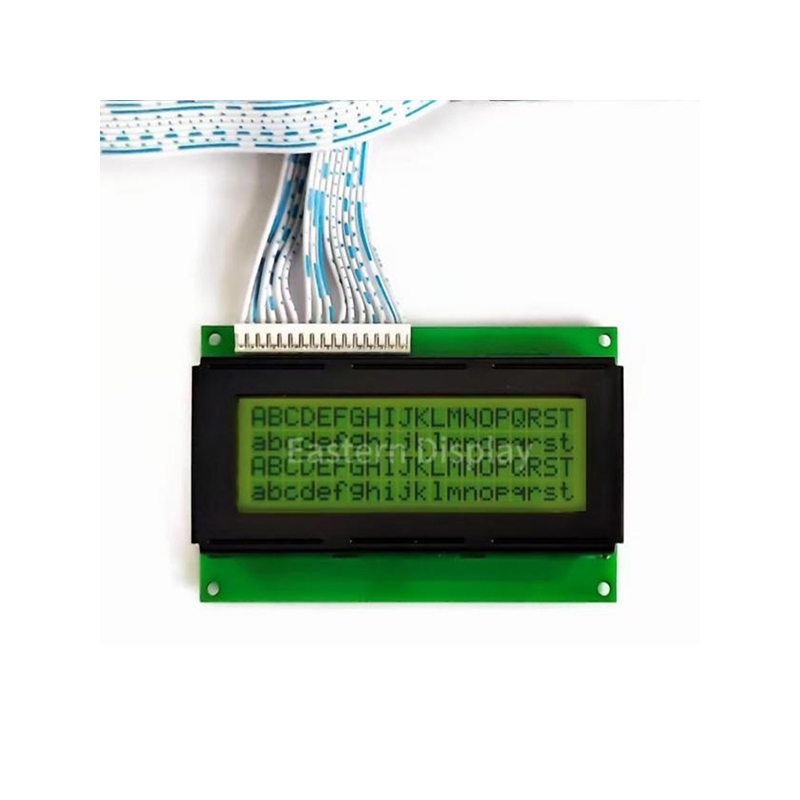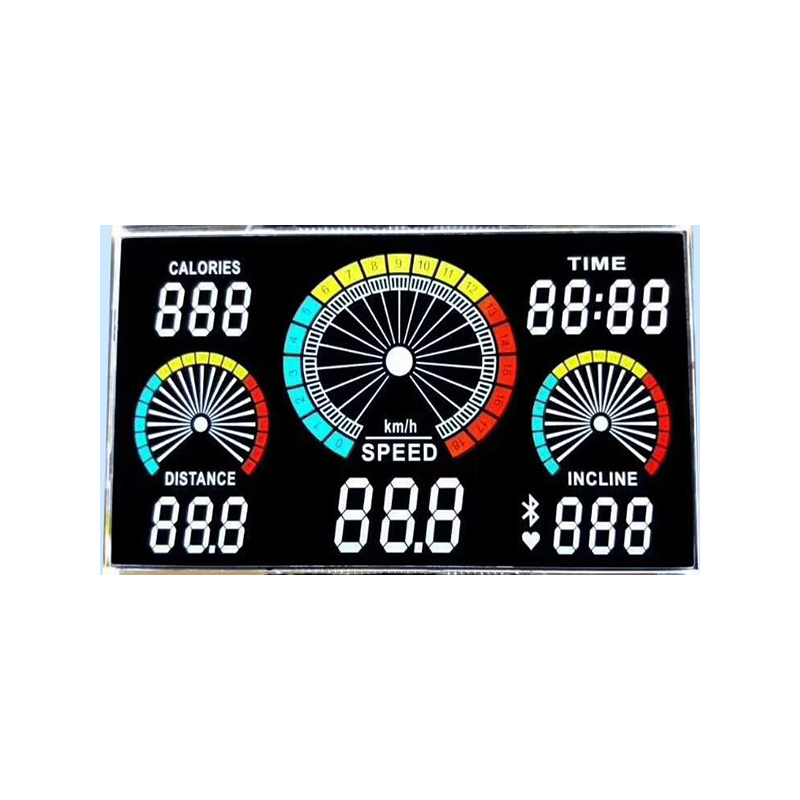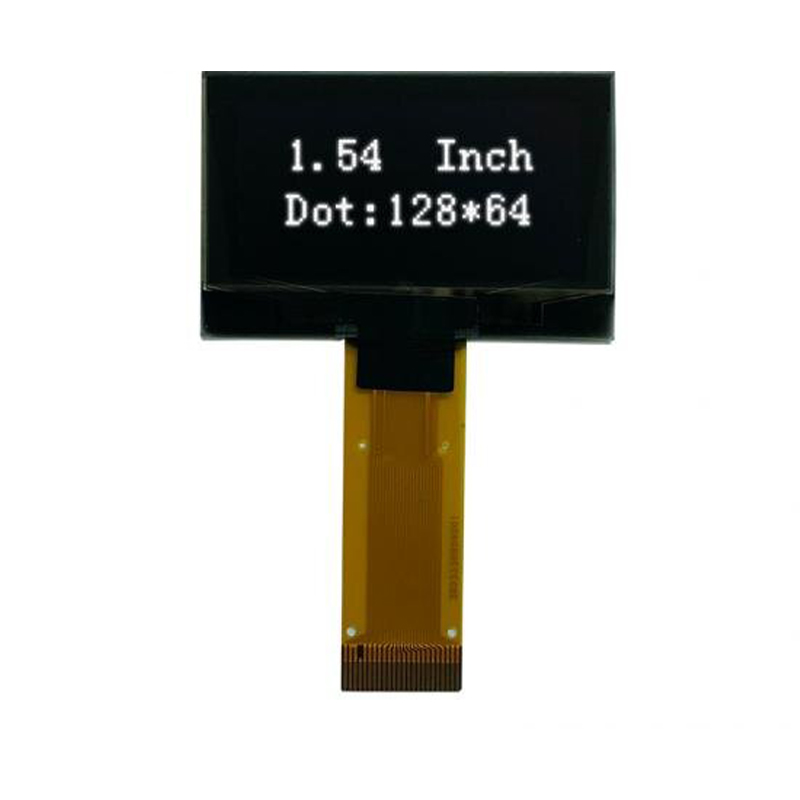
Finding the right supplier for your 2.2 TFT display needs can be challenging. This guide provides a comprehensive overview of factors to consider, helping you choose the best supplier for your specific requirements. We'll explore key features, compare different options, and offer insights to ensure a successful procurement process. Learn about display specifications, production capabilities, and crucial considerations for a smooth and efficient supply chain.
The resolution of a 2.2 TFT display, typically expressed in pixels (e.g., 320x240), directly impacts image clarity and sharpness. Higher resolution translates to finer detail. Pixel density (pixels per inch or PPI) is also crucial, affecting the perceived sharpness of text and images. When evaluating suppliers, clarify the resolution and pixel density offered to ensure they meet your project's visual needs.
Brightness (measured in cd/m2) determines how easily the display is visible in different lighting conditions. Contrast ratio reflects the difference between the brightest white and the darkest black, impacting image depth and richness. A wide viewing angle ensures consistent image quality from various perspectives. Carefully consider these factors based on your application's environment and user experience requirements. A supplier providing displays with high brightness, excellent contrast, and wide viewing angles will significantly improve the product's overall quality.
The interface determines how the display communicates with other components in your system. Common interfaces include SPI, I2C, and parallel interfaces. Confirm that the 2.2 TFT display offered by the supplier is compatible with your system's interface. Reliable and efficient connectivity is essential for seamless integration.
Suppliers with robust production capacities can often meet large-scale demands quickly. Inquire about their manufacturing capabilities and typical lead times to ensure they can handle your order volume and delivery schedule. Unexpected delays can disrupt your project timeline, so choose a supplier with a proven track record of timely delivery. Consider working with a supplier who prioritizes quality control throughout their manufacturing process.
Reputable suppliers adhere to stringent quality control measures and often hold relevant certifications (e.g., ISO 9001). Request information about their quality control procedures and any relevant certifications to ensure consistent product quality and reliability. Look for suppliers that are transparent about their quality assurance practices and readily provide relevant documentation.
Excellent customer support is essential, particularly during the integration and post-sales phases. Evaluate the supplier's responsiveness, expertise, and willingness to provide technical assistance. A responsive and knowledgeable support team can significantly reduce troubleshooting time and ensure project success. Consider providers who offer comprehensive documentation and readily available support channels.
| Supplier | Resolution | Brightness (cd/m2) | Lead Time | Certifications |
|---|---|---|---|---|
| Supplier A | 320x240 | 300 | 4-6 weeks | ISO 9001 |
| Supplier B | 240x320 | 250 | 2-4 weeks | ISO 9001, RoHS |
| Dalian Eastern Display Co., Ltd. | Various (check website) | Various (check website) | Contact for details | Contact for details |
Note: The data in this table is for illustrative purposes only. Always verify specifications with the respective suppliers.
Selecting the optimal 2.2 TFT display supplier requires careful consideration of various factors, including display specifications, production capabilities, quality control, and customer support. By thoroughly evaluating these aspects and comparing potential suppliers, you can make an informed decision that aligns with your project’s needs and ensures a successful outcome.

